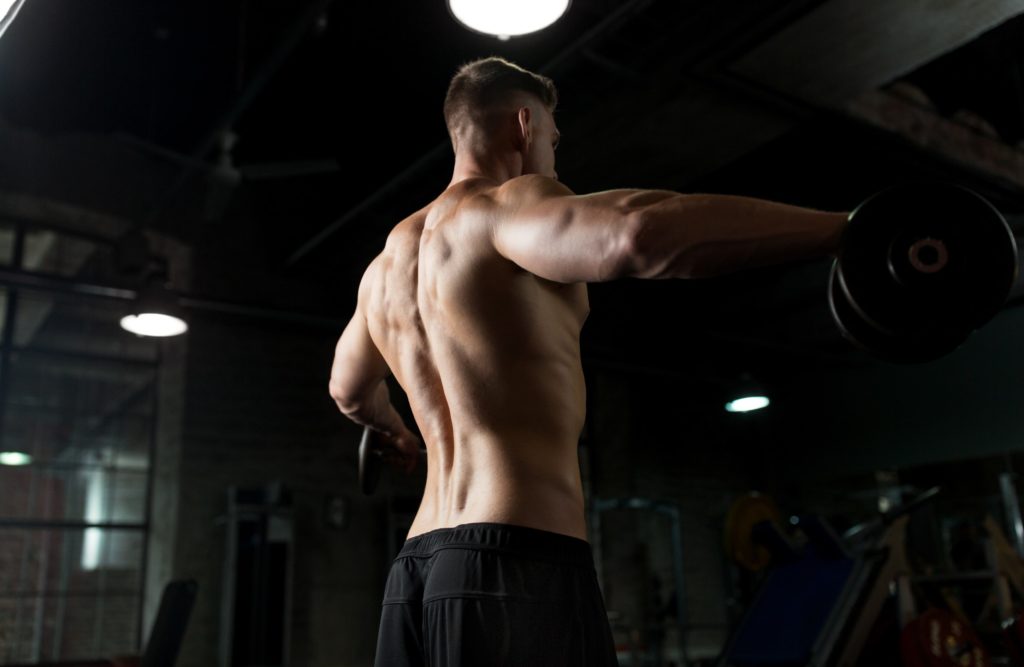The tensegrity-model can optimize your training

Like all people, athletes go to the doctor when they suffer from pain. They get an ointment or an injection. Sometimes even an operation is necessary. All of this can help in the short term. But often the complaints come back. Regular training according to the tensegrity model can help. It can prevent and eliminate problems and improve your fitness.
An architect has developed the tensegrity-model
The inventor of the tensegrity model is Richard Buckminster Fuller (1895 – 1983), an architect. In the middle of the last century, he designed a system in which structures stabilize themselves through pressure and tension. We, humans, are also built from head to toe according to the tensegrity model. And this should have an effect on athletic training.
The tensegrity-model and the influence on training
- Our whole body is an ingenious system of muscle chains, stabilizing ligaments and sophisticated joint systems.
- All these structures must work together in the most perfect way for good sporting performance.
- Even a disturbed or weakened area is enough to severely disrupt the otherwise smooth interaction. These can be injuries or muscular imbalances.

The body has several muscle chains
Let’s take a closer look at the whole construct again: Our body consists of 639 muscles. Several muscles that work together are called a muscle chain. They are connected structurally and functionally by fasciae. There is a front, a back, and a spiral muscle chain as well as two lateral muscle chains. They all straighten the body, ensure its stability and performance. In addition, many muscles are also indirectly connected via fasciae. With amazing effects:
- Bonded fasciae in the shoulder area can have a negative effect on running behavior and leg strength. The reason is the disturbed transmission of muscle tension.
- In right-handed people, the right shoulder blade is often affected and, via the muscle chain, the left leg.
How to identify weak points
The Functional Movement Screen has proven to be an effective way of detecting one or more weaknesses. However, it is not possible to perform it yourself. This requires a specially trained physiotherapist.
The consequences are muscular imbalances
A good coach, physiotherapist or sports physician can see this with the eye during certain exercises. Here is an example: You do squats with the barbell. This involves the muscles of the thighs, calves, buttocks, and trunk. If one muscle group involved is too weak, the other muscles take over its task. The consequence: the already strong muscles become even stronger and the weak muscles remain weak. This results in a muscular imbalance.
The best training methods
- Functional Fitness: The whole body training is very well suited to reactivate atrophied muscles. But of course, the correct execution of movements is very important. Gradually, the interaction of all joints and muscles improves. You can also correct muscular imbalances with Functional Fitness. However, it is important to identify the weak points first.
- Proprioceptive neuromuscular facilitation (PNF): It improves the interaction between nerve and muscle. The so-called proprioceptors play an important role here. These are sensors in the joints and muscles that provide information at any time about the position the body is currently taking in space. This is a performance-determining factor in every sport, running training or strength program. After all, the muscle receives the impulses for bending and stretching via the nerves. If this conduction is trained, more and more contacts between nerve and muscle are formed and this makes you much fitter. Under the keyword proprioceptive training there are some very good videos on YouTube.
- Pilates: Named after the bodybuilder Joseph Pilates, this training emphasizes posture and breathing. All exercises (with and without equipment) are performed slowly, fluently and rhythmically. This not only makes you stronger but also more flexible. With Pilates, weak points can be identified and eliminated in a targeted manner.